Advice for writers
Advice
for writers
Navigating the Rich Terrain of Women’s Fiction: A Writer’s Guide

Women’s Fiction: Understanding, Crafting, and Thriving
Delving into the world of women’s fiction offers a unique opportunity to explore the intricacies of female experiences, relationships, and journeys. Whether reading or writing, a compelling women’s fiction narrative involves understanding the genre’s nuances, themes, and audience expectations.
In this post, I’ll delve into what constitutes this genre, highlight prominent examples, discuss the role of the Women’s Fiction Writers Association (WFWA), provide insights on crafting engaging stories, and offer resources to aid authors in developing their narratives.
Understanding Women’s Fiction Books
Women’s fiction is a genre that primarily focuses on the experiences, challenges, and triumphs of female protagonists. While it often intersects with other genres like romance, drama, or historical fiction, the hallmark of women’s fiction lies in its exploration of women’s emotional journeys and relationships. These narratives delve into themes such as self-discovery, empowerment, familial bonds, and overcoming adversity.
One of the defining characteristics of women’s fiction is its emphasis on authentic and relatable female characters (for a general guide on crafting compelling characters, click here!). These protagonists are multifaceted, flawed, and evolve throughout the story, making them resonate with readers on a deeper level in novels that often provide a mirror to reflect readers’ own experiences, fostering empathy and understanding.
The Women’s Fiction Writers Association (WFWA)

For authors seeking support and community in the realm of women’s fiction, the Women’s Fiction Writers Association (WFWA) serves as a valuable resource. This organization offers networking opportunities, craft workshops, industry insights, and a supportive community of fellow writers and professionals.
Through initiatives such as mentorship programs, online forums, and annual conferences, WFWA empowers writers to hone their craft, navigate the publishing industry, and connect with like-minded individuals. By fostering a sense of camaraderie and collaboration, WFWA plays a vital role in nurturing talent and elevating the visibility of women’s fiction authors.
Crafting Engaging Narratives
When crafting women’s fiction narratives, authors should prioritize authenticity, emotional depth, and compelling storytelling. Here are some key elements to consider:
Complex Female Protagonists: Create well-rounded female characters with unique personalities, aspirations, and vulnerabilities. Allow them to grapple with internal conflicts and external obstacles, driving the narrative forward.
Exploration of Relationships: Delve into various relationships, including friendships, romantic partnerships, familial bonds, and professional dynamics. Explore the nuances of these connections, showcasing their complexities and evolution over time.
Themes of Resilience and Empowerment: Infuse your narrative with themes of resilience, empowerment, and self-discovery. Highlight the protagonist’s journey toward personal growth and fulfillment, inspiring readers along the way.
Emotional Authenticity: Engage readers on an emotional level by portraying authentic human experiences, struggles, and triumphs. Invite empathy and connection through evocative prose and relatable scenarios.
Narrative Pacing and Structure: Pay attention to pacing and narrative structure, ensuring that the story unfolds in a compelling and cohesive manner. Balance moments of introspection with tension-filled scenes to maintain reader engagement.
Notable Examples of Women’s Fiction

The Joy Luck Club by Amy Tan: This seminal work weaves together the stories of four Chinese immigrant families, exploring themes of cultural identity, mother-daughter relationships, and the search for belonging.
Big Little Lies by Liane Moriarty: A gripping tale of friendship, secrets, and betrayal set against the backdrop of a seemingly idyllic suburban community, showcasing the complexities of female friendships and the facade of perfection.


Where the Crawdads Sing by Delia Owens: A hauntingly beautiful narrative that intertwines a coming-of-age story with a murder mystery, highlighting the resilience of its protagonist, Kya Clark, as she navigates isolation, love, and survival in the marshlands of North Carolina.
Empowerment Through Story
Women’s fiction stands as a testament to the power of storytelling to illuminate the diverse experiences and voices of women. By embracing the nuances of this genre, writers have the opportunity to craft narratives that resonate deeply with readers, fostering empathy, connection, and understanding. With the support of organizations like the Women’s Fiction Writers Association and publishing partners like Atmosphere Press, authors can navigate this rich terrain with confidence and creativity, knowing that their stories are valued and celebrated.
Atmosphere Press understands the importance of empowering authors to tell their stories authentically, especially within the realm of women’s fiction. With our collaborative approach to publishing, we provide authors with the guidance, support, and creative freedom needed to bring their vision to life.
If you’re ready to embark on your journey into women’s fiction or seeking guidance in refining your manuscript, I encourage you to explore the wealth of resources available and consider partnering with Atmosphere Press to bring your story to life; together, we can continue to elevate the voices and stories that enrich and inspire us all!

Erin K. Larson-Burnett, Production Manager at Atmosphere Press (submit your manuscript here!), is a born-and-raised Southerner currently living in Katy, Texas, with her husband and their small domestic zoo. She is an avid ink drinker who lives and breathes books—during the day, she works remotely with authors around the world, honing and perfecting books published through Atmosphere Press. By night, she crafts her own stories…or at least tries to. The Bear & the Rose is her debut novel.

Atmosphere Press is a selective hybrid publisher founded in 2015 on the principles of Honesty, Transparency, Professionalism, Kindness, and Making Your Book Awesome. Our books have won dozens of awards and sold tens of thousands of copies. If you’re interested in learning more, or seeking publication for your own work, please explore the links below.

